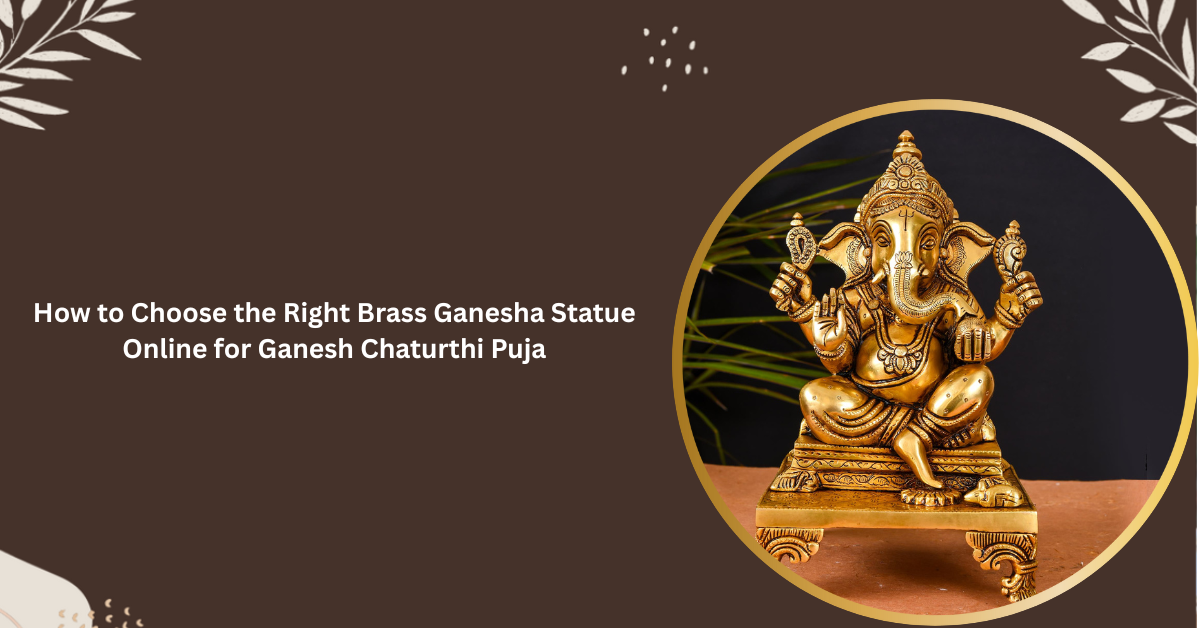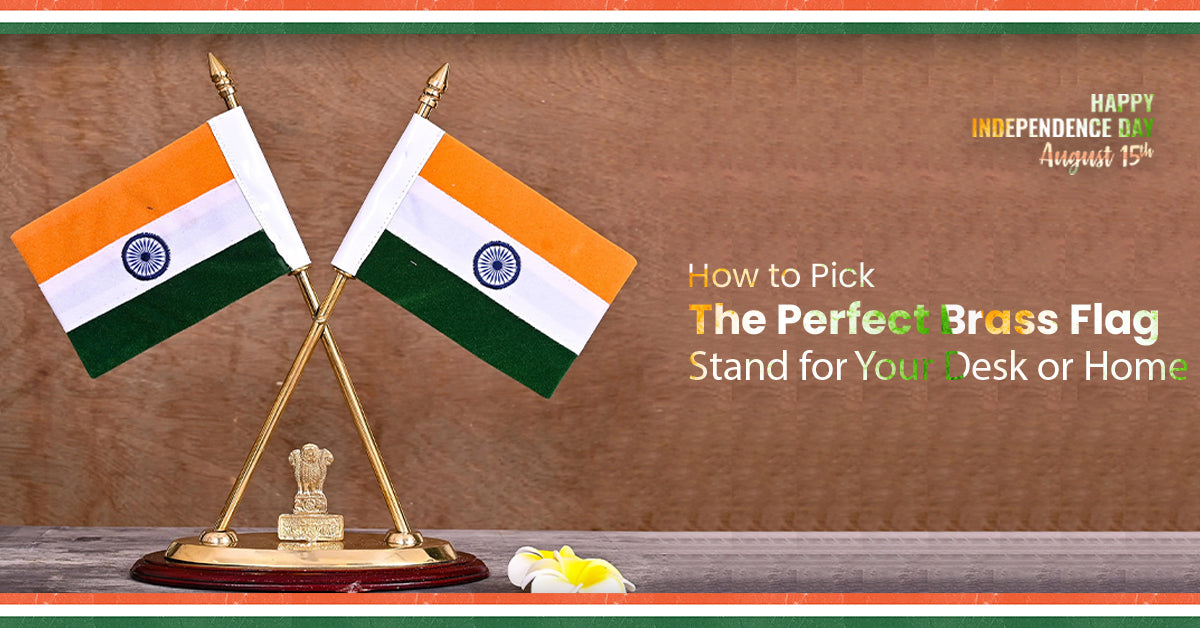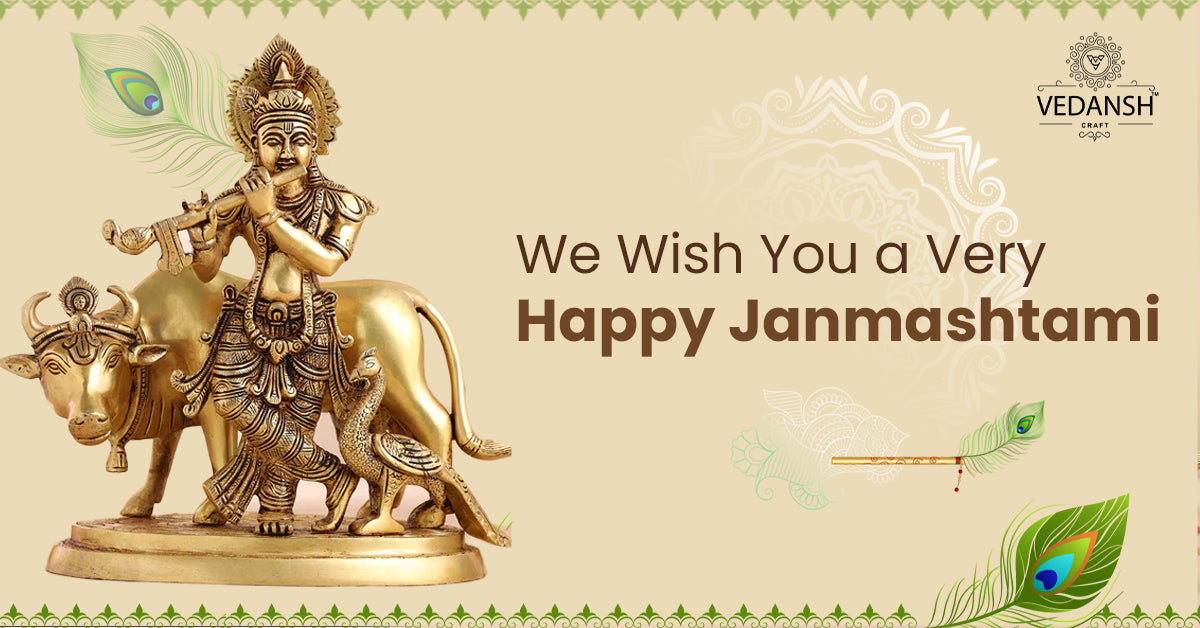

Exploring the 19 Avatars of Lord Shiva: A Journey Through Divinity
, by javed techqart, 8 min reading time
Lord Shiva is one of the most important deities in Hinduism. He is known as the destroyer and transformer in the Hindu trinity, which includes Brahma (the creator) and Vishnu (the preserver). Shiva symbolizes the ultimate reality, the source of creation, and the force of destruction that paves the way for renewal and regeneration.
Avatars are divine incarnations or manifestations of a deity on Earth. In Hindu mythology, avatars serve various purposes, such as restoring balance, protecting righteousness, and guiding humanity. They embody divine qualities and often descend to fulfill specific missions or assist in cosmic duties.
Lord Shiva: The Supreme Deity
Shiva is revered as the supreme deity with immense power and authority over the universe. As the destroyer, he brings an end to the creation, preservation, and destruction cycle, allowing for the emergence of new beginnings. His cosmic dance, known as the Tandava, symbolizes the rhythmic cycles of creation and destruction that govern existence.
Shiva's avatars play a crucial role in Hindu religious texts and scriptures. They embody different aspects of Shiva's divine attributes and demonstrate his omnipotence, compassion, and grace. Each avatar serves a specific purpose, ranging from protection and guidance to preserving cosmic order. Devotees can connect with Shiva's divine presence through these avatars and seek blessings for various aspects of life.
The 19 Avatars of Lord Shiva
Lord Shiva is believed to have incarnated in various forms, known as avatars, to fulfill divine purposes and assist in maintaining cosmic balance. These avatars embody different aspects of Shiva's multifaceted nature and symbolize his omnipresence and omnipotence.
Veerbhadra: The fierce form of Shiva- Veerbhadra is a fierce manifestation of Shiva created to avenge the death of Sati, Shiva's consort.
- He is depicted with multiple arms, wielding weapons, and wearing a crown of flames.
- Bhairava is a fierce form of Shiva associated with destruction and dissolution.
- He is depicted as dark-skinned, with a crown of skulls, and carrying weapons.
- Nandi is Shiva's loyal mount and gatekeeper.
- He is depicted as a white bull, symbolizing strength, virility, and loyalty.
- Ardhanarishvara represents the union of Shiva and his consort, Parvati (Shakti).
- Half of the body is male (Shiva), and the other half is female (Parvati), symbolizing the inseparable nature of masculine and feminine energies.
- Dakshinamurthy is the teacher of all knowledge and wisdom.
- He is depicted as a serene figure seated under a banyan tree, imparting knowledge through silence.
- Pashupati is the lord of animals and all living beings.
- He is depicted as a yogi adorned with animal skins, representing his connection to nature.
- Bhikshatana is a humble form of Shiva, wandering as a beggar seeking alms.
- He carries a skull begging bowl and is often accompanied by his consort, Parvati.
- Harihara is a fusion of Shiva and Vishnu, symbolizing the unity of the two major sects in Hinduism.
- One half of the body represents Shiva, and the other half represents Vishnu.
- Sharabha is a mythical creature combining bird, lion, and human features.
- He is invoked to subdue Narasimha, the fierce lion-man avatar of Vishnu.
- Ganesha is the beloved son of Shiva and Parvati, known as the remover of obstacles.
- He is depicted with an elephant head and a potbelly, symbolizing wisdom and prosperity.
- Hanuman is a devotee of Lord Rama and a symbol of unwavering devotion and selfless service.
- He is depicted as a monkey-faced warrior known for his courage and loyalty.
- In Hindu mythology, Ashwatthama is a legendary figure and a Chiranjivi (immortal being).
- He is believed to be an avatar of Shiva and is associated with courage and loyalty.
- Grihapati is a domestic form of Shiva worshipped for household protection and prosperity.
- He is depicted with Parvati and their sons, Ganesha and Kartikeya.
- Kirata is a hunter form of Shiva mentioned in the Mahabharata.
- He is depicted as a skilled archer who tests Arjuna's prowess during exile.
- Bhringi is an ardent devotee of Shiva known for his unwavering devotion.
- He is depicted as a sage who challenged Vishnu's pride by only worshiping Shiva.
- Virabhadra is a mighty warrior created by Shiva's rage upon hearing of Sati's death.
- He is depicted as a fearsome figure with multiple arms and weapons.
- Durvasa is a short-tempered sage known for his fierce temperament.
- He is considered an avatar of Shiva and is associated with testing the patience of others.
- Ayyappan is a revered deity in South India, believed to be an incarnation of Shiva and Vishnu.
- He is worshipped as the presiding deity of Sabarimala in Kerala.
- Khandoba is a warrior deity worshipped primarily in Maharashtra.
- He is believed to be an avatar of Shiva and is revered for his courage and protection.
These avatars collectively showcase the diversity of Shiva's manifestations and the various roles he assumes to maintain cosmic balance and uphold righteousness in the universe.
The journey through the 19 avatars of Lord Shiva reveals the richness of Hindu mythology and the profound symbolism embedded within each manifestation. From the fierce Veerbhadra to the benevolent Ganesha, each avatar represents a facet of Shiva's omnipotence, guiding humanity toward enlightenment, protection, and spiritual awakening.
Moreover, the avatars of Lord Shiva serve as beacons of inspiration and guidance for devotees across generations, offering solace in times of turmoil and reminding us of the eternal truths that govern existence. Each avatar carries a timeless message of resilience, devotion, and divine grace, whether as the compassionate Nandi, the valorous Virabhadra, or the wise Dakshinamurthy.
As we reflect on the significance of Lord Shiva's avatars, we are reminded of the enduring power of mythology to illuminate the human experience and connect us to the transcendent realms of the divine. Through devotion and introspection, we can invoke the blessings of Shiva and find solace in his eternal presence, navigating life's journey with courage, wisdom, and unwavering faith. As we continue to explore the depths of Hindu mythology, may the divine grace of Lord Shiva illuminate our path and lead us toward ultimate liberation and enlightenment.
Tags
Blog posts




